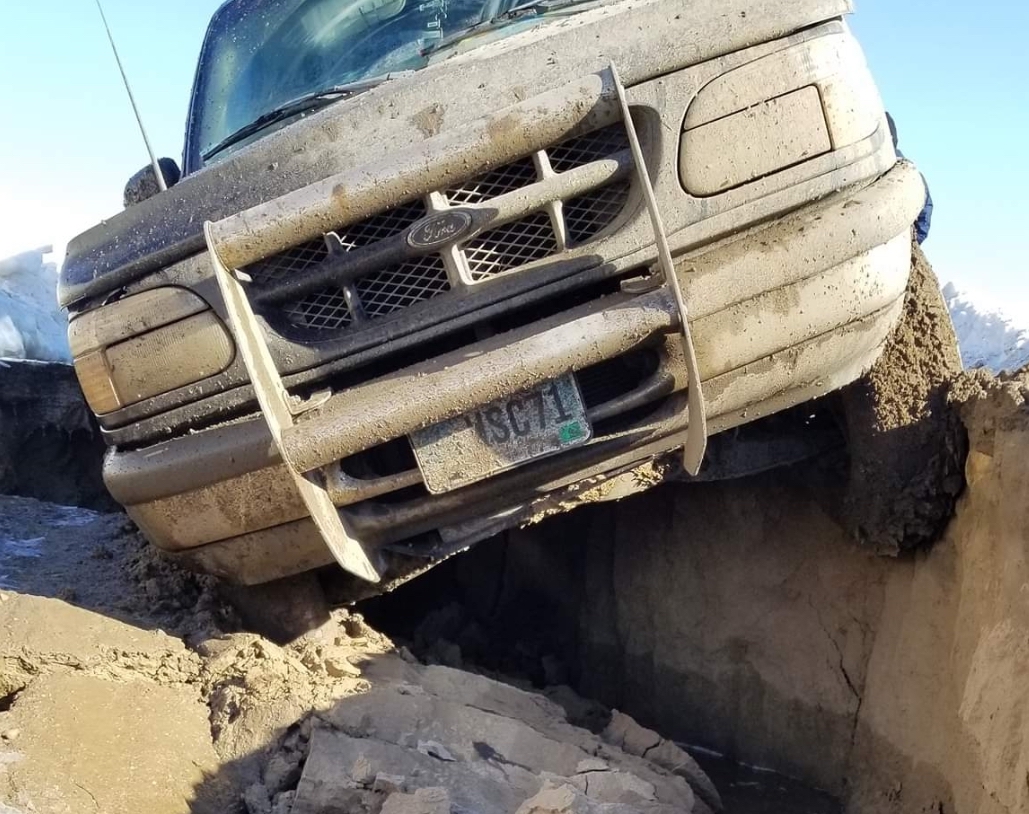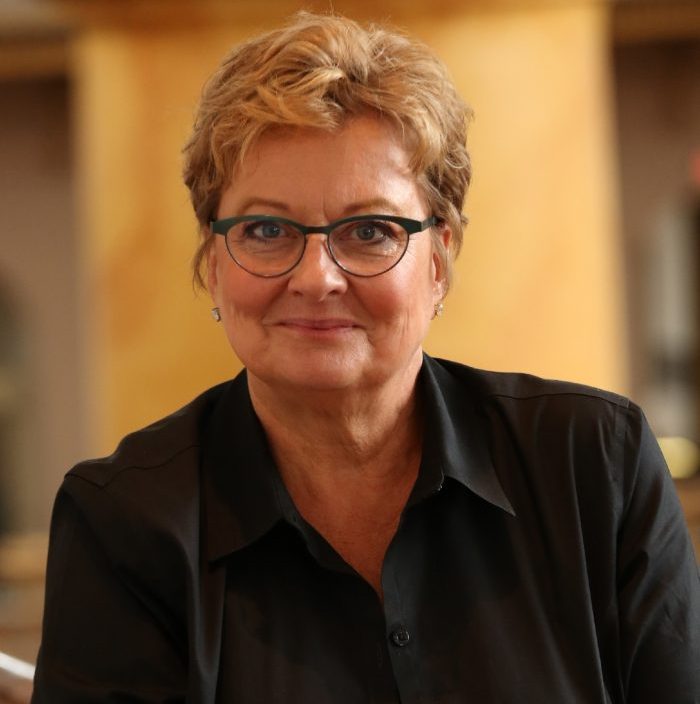On the Road for Disaster Recovery
The Center for Disaster Philanthropy’s disaster recovery grantmaking requires a lot of travel. Regine likes to call this “shoe-leather” philanthropy: getting out in the field, listening to people’s stories and learning from those most affected. Although I only work in a 10-state region in the Midwest, it seems I am always on the road. I […]
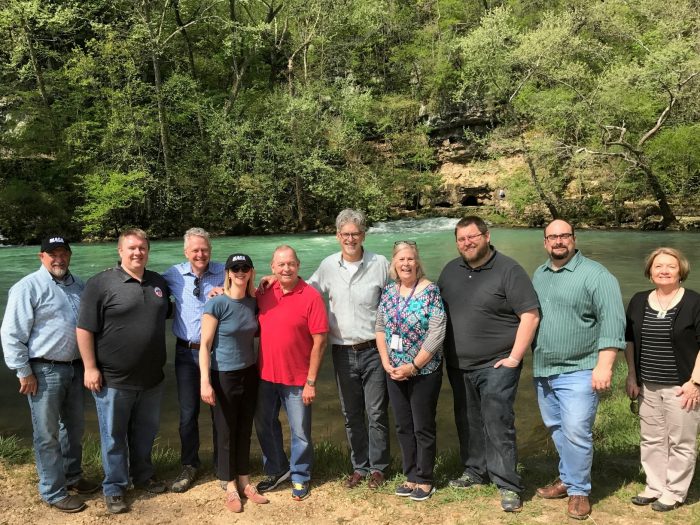
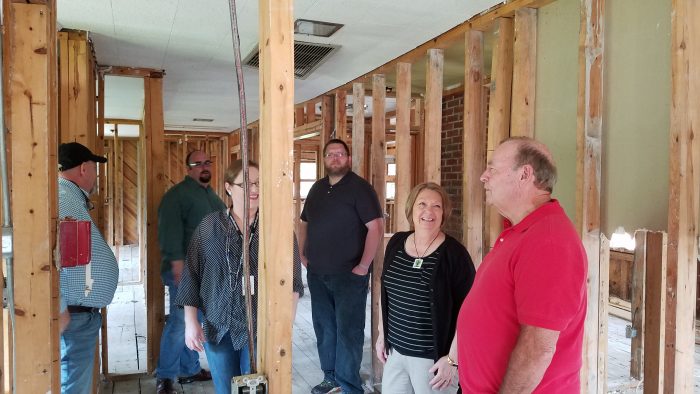
The Center for Disaster Philanthropy’s disaster recovery grantmaking requires a lot of travel. Regine likes to call this “shoe-leather” philanthropy: getting out in the field, listening to people’s stories and learning from those most affected.
Although I only work in a 10-state region in the Midwest, it seems I am always on the road. I often visit some of the most remote places in the U.S., investigating disaster-affected communities in great need of our technical and financial support.
Last week, I traveled to Van Buren, a picturesque town in Southeast Missouri. This small, isolated community is cradled in a lush valley on the edge of the Mark Twain National Forest, part of the Ozark National Scenic Riverway and home to the largest natural spring in the U.S., aptly named, ‘Big Spring.’ Beautiful does not begin to describe it. It’s a unique place where it’s not unusual to find families who have hunted and fished in the abundant rivers and hills for six generations.

This trip was very special for me because I was not alone. Five of my favorite colleagues came with me to visit this remote area of Southeast Missouri, struggling to find the resources, both financial and human, to put Humpty Dumpty back together again. We stayed at a local hotel overlooking the beautiful Current River, almost one year to the day since that same gentle stream became a destructive power running a mile over its banks, threatening homes, businesses and a way of life many of us cannot even begin to understand. We visited homes still being repaired, witnessed too many abandoned homes and businesses, and participated in one of the best long-term recovery meetings I have ever attended (and I have attended a lot!).
The people that live in these river by-ways live there on purpose, for a purpose: to enjoy a way of life that is foreign to most of us. Where neighbors know and care for each other. Where the land they live on is sacred. They are proud of where they live and how they live, and they are not planning on moving ‘to the big city’ anytime soon.
Unfortunately, this community and hundreds of others across the Midwest are in danger. They are at the mercy of a changing climate that delivers huge rain events, too often followed by drought and wildfires. These low attention disasters destroy lives in areas where valuable recovery resources are scarce, in part due to the huge events making headlines but also because of shrinking county, state and federal budgets.
The people here are resilient. They are used to taking care of each other. They are used to living with less but living well. But every once in a while, they need a hand-up. It was an honor to introduce my colleagues to this special community, helping them put faces to our grantmaking, listening and learning from those living recovery every day and working to bring their neighbors back home. We were practicing some good old-fashioned shoe-leather philanthropy.
Thank you, Van Buren, Curt, Pastor Dave, Ella Jean, Donald and Tami (and so many more!) for reminding me about what matters most: commitment to community, family and friends.
More like this
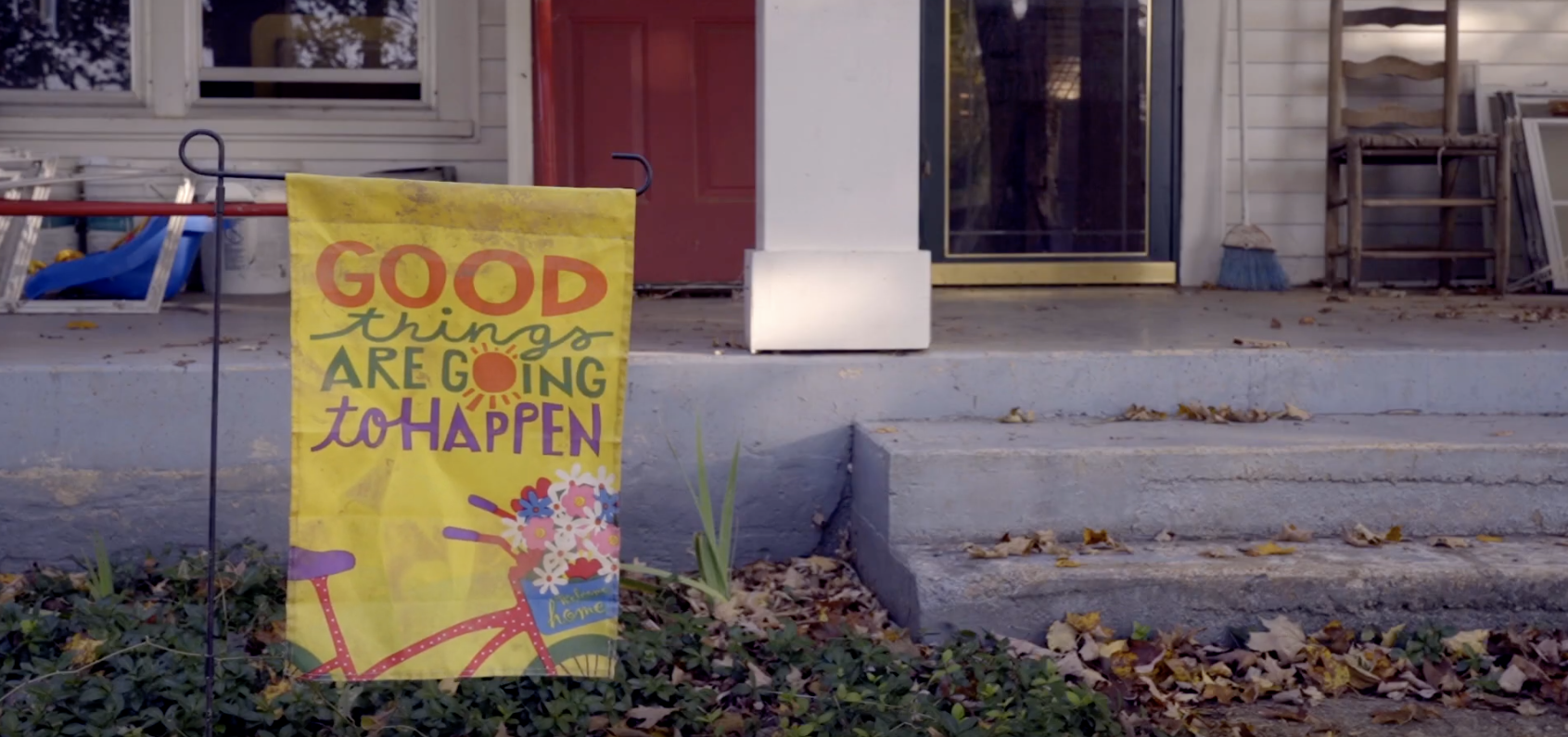
Voices of Recovery: Empowering Rural Communities
